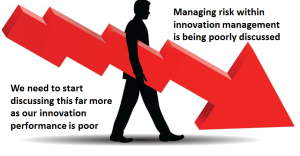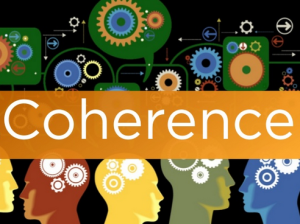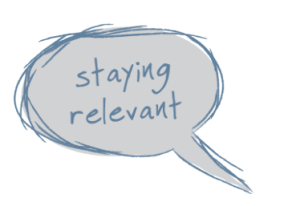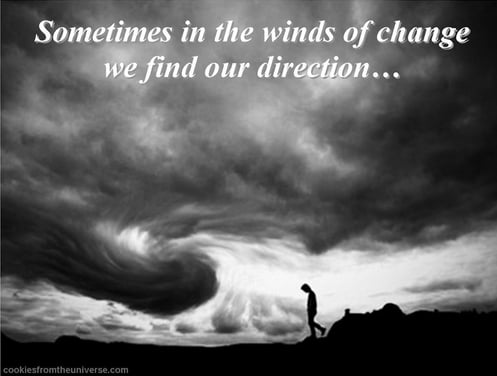 From my perspective, I’ve been looking at a real challenge today, that many consultants offering innovation services are not providing real sustaining consulting value to clients, only ad-hoc services.
From my perspective, I’ve been looking at a real challenge today, that many consultants offering innovation services are not providing real sustaining consulting value to clients, only ad-hoc services.
Unless this changes it will continue to erode the clients’ confidence in these service providers and they will be seeking increasing internal solutions to tackle their problems. I think if this trend continues it will be a mistaken course.
Consultants are not addressing many of the changes occurring and ignoring opportunities to adapt to different circumstances, they are simply not putting up a strong case of their engagement by redesigning their business models or opening themselves up to different forms of collaboration.
In many ways, the consulting industry specializing in innovation is its own worst enemy.
It is highly fragmented, often highly specialized in certain innovation practices, and much of the advice comes from a cottage industry of independent practitioners, caught up in executing and little time for advancing their own knowledge. Continue reading “The Challenges Being Faced by Innovation Consultants”




 I recently wrote a post “
I recently wrote a post “


 Anyone who has felt the ‘full force of the wind’ will know the feeling of how hard it is to keep on your feet, to stay determined to stay upright and true, to hold the course, whatever happens.
Anyone who has felt the ‘full force of the wind’ will know the feeling of how hard it is to keep on your feet, to stay determined to stay upright and true, to hold the course, whatever happens.